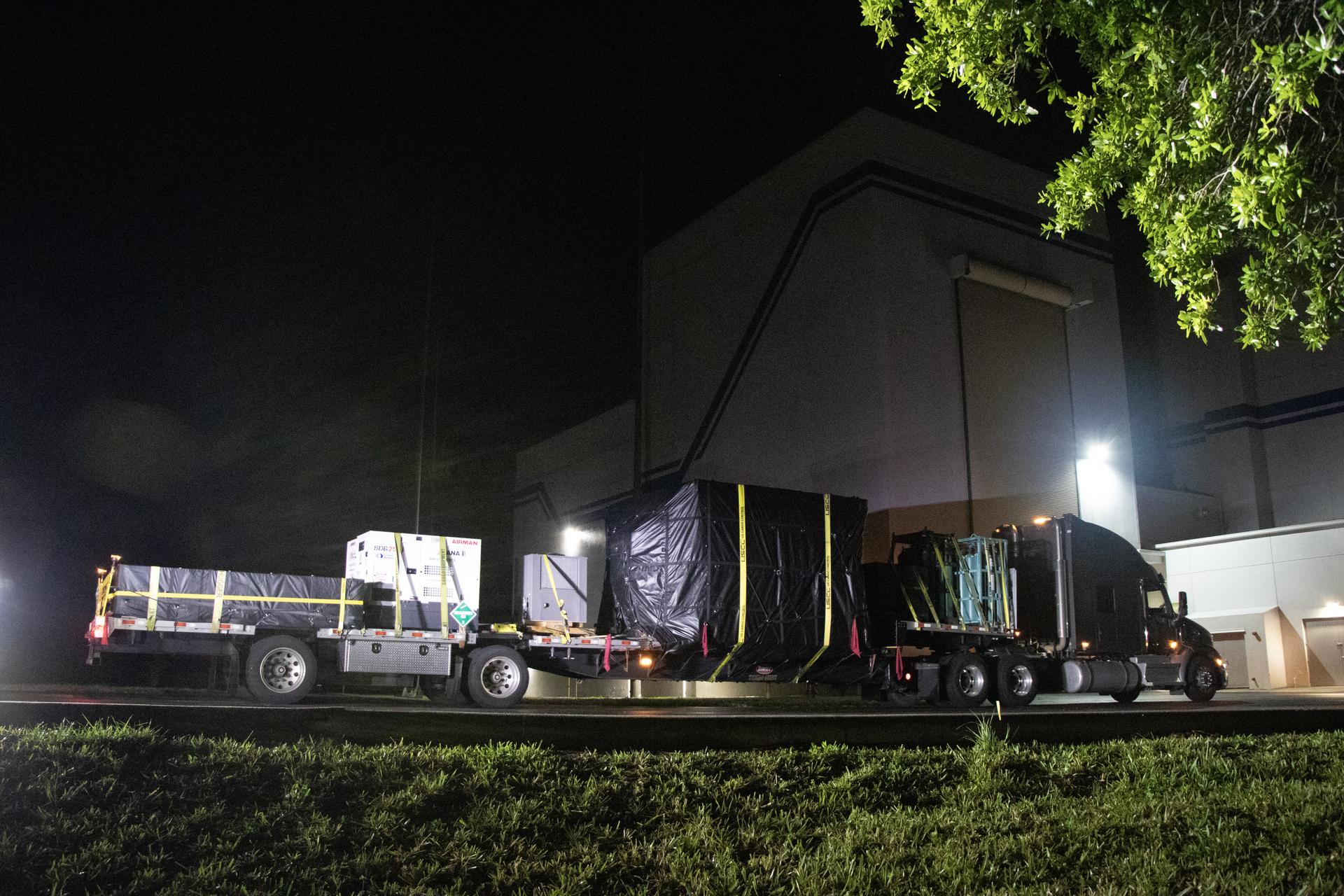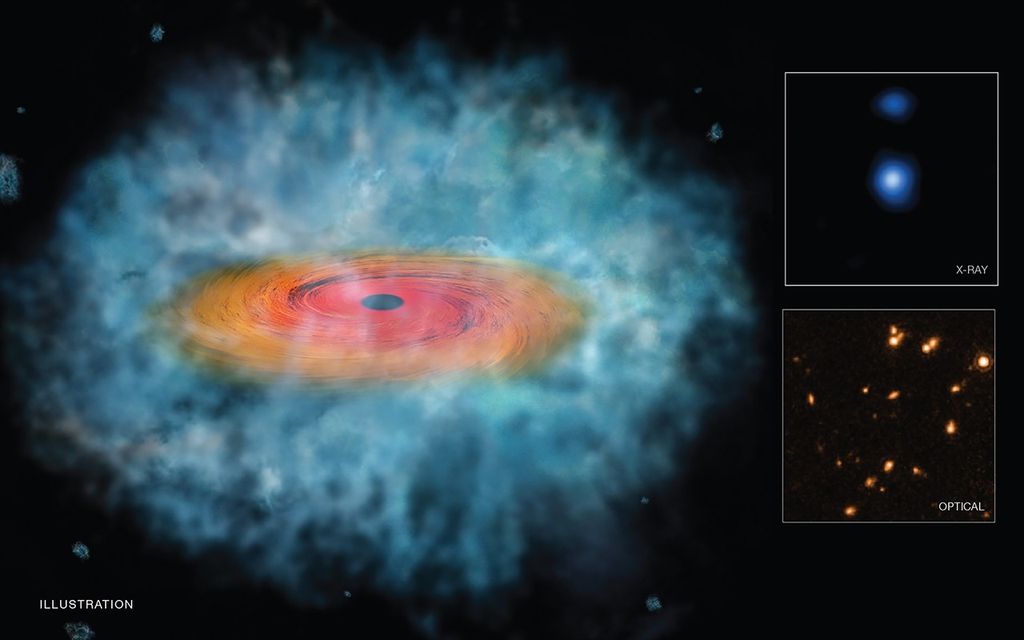NASA’s Interstellar Mapping Mission Arrives in Florida

NASA’s IMAP (Interstellar Mapping and Acceleration Probe) spacecraft arrived May 10 for processing at the Astrotech Space Operations Facility near the agency’s Kennedy Space Center in Florida. The mission will study how the Sun shapes the boundaries of the heliosphere, the bubble around our solar system.
A semitrailer transported the spacecraft from NASA’s Marshall Space Flight Center in Huntsville, Alabama, after completing thermal vacuum testing, which simulates the harsh conditions of space, at the X-ray and Cryogenic Facility. Astrotech provides the facility and technicians to prepare the spacecraft for launch, including fueling and encapsulation.
NASA’s IMAP will use 10 science instruments to study and map the heliosphere, a vast magnetic bubble surrounding the Sun protecting our solar system. The spacecraft will orbit the Sun near Lagrange Point 1, about one million miles from Earth to scan the heliosphere, analyze the composition of charged particles, and investigate how those particles move through the solar system. The IMAP spacecraft also will continuously monitor solar wind and cosmic radiation. This information can provide early warnings about space weather, which can affect human space explorers and technological systems like satellites and power grids that can affect life on Earth.
The IMAP spacecraft will launch no earlier than fall 2025 on a SpaceX Falcon 9 rocket from Launch Complex 39A at NASA Kennedy.
Princeton University professor David J. McComas leads the IMAP mission with an international team of 25 partner institutions. The Johns Hopkins Applied Physics Laboratory in Laurel, Maryland, builds the spacecraft and operates the mission. NASA’s IMAP is the fifth mission in NASA’s Solar Terrestrial Probes program portfolio. The Explorers and Heliophysics Project Division at NASA’s Goddard Space Flight Center in Greenbelt, Maryland, manages the program for the agency’s Heliophysics Division of NASA’s Science Mission Directorate.
NASA’s Launch Services Program, based at NASA Kennedy, manages the launch service for the mission.




























